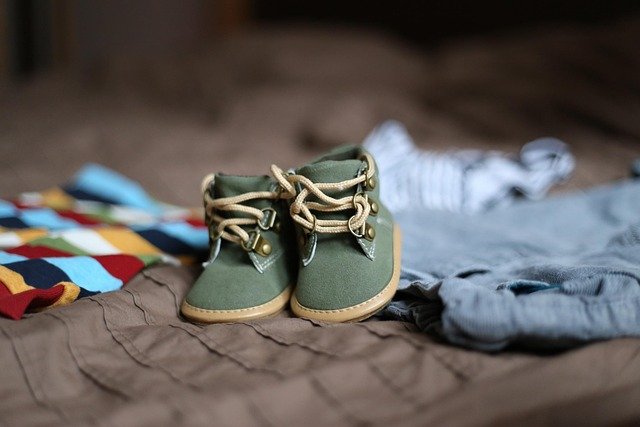Baby Clothes Guide for Infants: Onesies, Sleepers, Rompers
Choosing and caring for baby clothes combines comfort, safety, and practicality. For parents and caregivers, clothing must accommodate rapid growth, sensitive skin, and frequent changes while supporting safe sleep and development. This guide covers key considerations for infants’ wardrobes, explains how historical shifts shaped common garments, and reviews features of everyday items such as onesies, sleepers, and rompers. The aim is to help you pick fabrics, designs, and layering strategies that suit different ages, climates, and activities without overstating benefits or making unverifiable claims.

Infants: Practical considerations for clothing
When selecting garments for infants, prioritize soft, breathable fabrics like cotton blends and simple construction that avoids rough seams or small detachable parts. Fit is important: clothes should be roomy enough for movement but not so loose that fabric covers the face or poses entanglement risk. Consider ease of dressing — envelope necklines and snaps help with quick changes, especially during colic or feeding. Buy in sizes that account for weight and length rather than age alone, and keep a small rotation of outfits to reduce wear. Wash new items before first wear to remove manufacturing residues.
History: How baby clothing evolved
Baby clothing has shifted from miniature versions of adult attire to purpose-built garments designed for infants’ needs. Historically, many societies used swaddling or long gowns to keep babies warm and secure; industrialization and advances in textile production led to more varied and mass-produced options. The 20th century introduced standardized sizing, safer fastenings, and fabrics made specifically for children’s wear. Social changes also influenced styles, such as the move away from gendered dressing norms in some regions. Today’s designs emphasize safety, hygiene, and ease of care informed by research and consumer feedback.
Onesies: Design and everyday use
Onesies are staple items for infants, typically consisting of a bodysuit with snaps at the crotch for diaper access. Their close fit helps keep diapers in place and reduces loose fabric that could ride up or bunch. Onesies are useful as a base layer under sleepers or rompers, especially in cooler weather, and are often made from knit fabrics that stretch for comfort. When choosing onesies, check seams and snaps for durability, look for tagless labels to reduce irritation, and select cotton or cotton blends for breathability. Keep several on hand for frequent changes and laundering.
Sleepers: Choosing safe sleepwear
Sleepers (also called footed pajamas) are designed for overnight wear and prioritise both warmth and safety. For safe sleep, many caregivers choose sleepers that fit snugly rather than loose garments that can bunch around the face. Look for sleepers without loose ties, long hoods, or decorative parts that could detach. Zippers with chin guards and two-way closures that allow diaper changes without full undressing are practical features. Consider the room temperature and layer accordingly; in warmer climates, lighter fabrics or sleep sacks may be preferable. Always follow current guidelines for safe infant sleep in your area.
Rompers: Styling and practical tips
Rompers are one-piece outfits that combine a top and shorts or pants and are popular for daytime wear. They come in many styles — sleeveless, short-sleeve, or long-sleeve — and are valued for easy dressing and coordinated looks. Choose rompers with accessible snaps or zippers for quick diaper changes, and prefer breathable fabrics for active play. For layering, pair rompers with a onesie or leggings in cooler weather. When accepting hand-me-down rompers, check elastic, fastenings, and fabric condition; fading and stretched bindings can affect fit and function.
Conclusion
Baby clothes serve practical needs shaped by safety, comfort, and caregiving routines. Understanding fabric choices, garment features, and historical context can help caregivers assemble a functional wardrobe for infants that accommodates growth and activity. Focus on breathable materials, secure fastenings, and designs that simplify changes and sleep, and adjust layers based on climate and the baby’s comfort.






